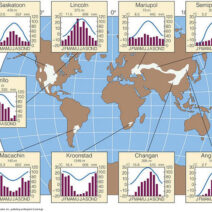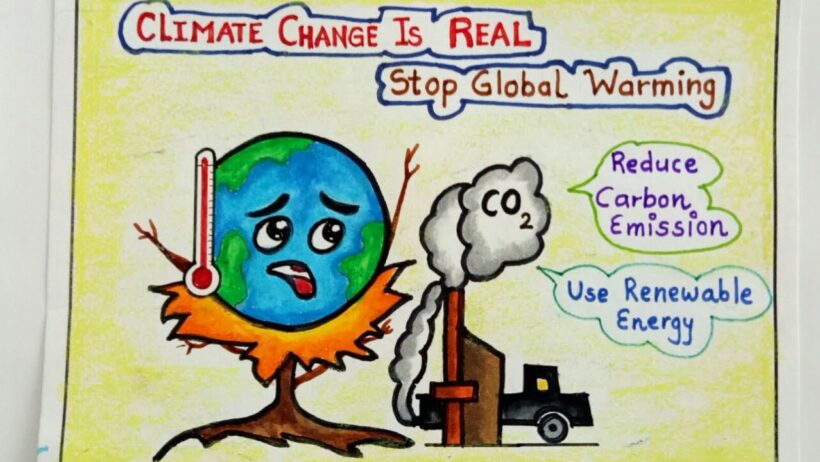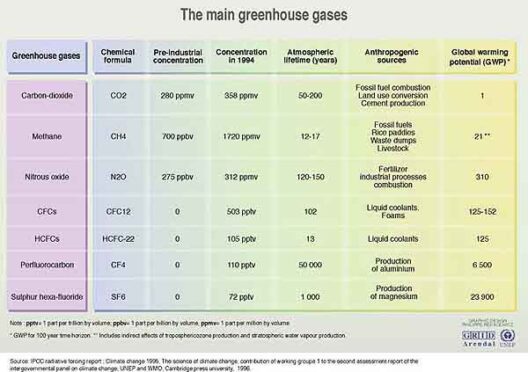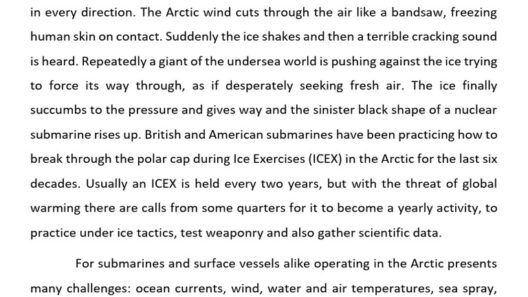As the planet continues to warm at an alarming pace, the question arises: How can countries unite to effectively combat global warming? While each nation is grappling with its own environmental challenges, the urgency for collective action has never been more pressing. This article explores the multifaceted strategies and collaborations that can emerge as a critical pathway towards mitigating the adverse effects of climate change.
To begin with, it is crucial to understand that global warming is not merely a singular event confined to geographical boundaries; rather, it is a shared crisis that transcends borders. While the specifics of climate change impacts may vary from one country to another, the underlying phenomenon is consistent: rising temperatures, unusual weather patterns, and an increase in the frequency and severity of natural disasters. Countries that contribute the most greenhouse gases, therefore, have both a moral imperative and a pragmatic necessity to lead the charge against this existential threat.
One substantial avenue for international collaboration is the creation of robust, binding agreements. A prime example is the Paris Agreement, which brought together nations with a collective goal: to limit global warming to well below 2 degrees Celsius above pre-industrial levels. However, the effectiveness of such agreements hinges on the dedication of each signatory nation to adhere to and exceed its commitments. The challenge lies in fostering a sense of accountability and solidarity. Could countries adopt a system of rewards and consequences to encourage compliance? This could incentivize nations to not only meet their targets but also surpass them.
In addition to formal agreements, the sharing of technology and expertise can be a game-changer in the global response to climate change. Developed nations possess advanced technologies that can transform energy production, enhance agriculture sustainability, and improve waste management practices, among other sectors. By facilitating technology transfer to developing nations, rich countries can help bolster the latter’s capacities to reduce emissions. This lends itself to the playful yet poignant consideration: What if technology became the new currency in global diplomacy? Would nations with innovative solutions become the preferred allies in a future climate coalition?
Moreover, the role of international organizations such as the United Nations is paramount in promoting climate action. These entities can act as platforms for dialogue and negotiation, allowing countries to share best practices and learn from one another’s successes and failures. They can also play an essential role in mobilizing funding for climate-related projects, particularly in developing regions that may lack the resources necessary for significant environmental initiatives. Yet, the challenge remains: how can we ensure that these organizations are empowered to enforce compliance and pressure nations that fall short in their commitments? The complexity of international relations often complicates efforts to hold countries accountable.
Grassroots movements and citizen engagement also hold intrinsic value in the battle against global warming. By fostering environmental awareness at the local level, countries can ignite a cultural shift towards sustainable practices. When citizens advocate for renewable energy solutions, more sustainable agricultural methods, or reduced plastic consumption, they create a groundswell of demand for systemic change. But this raises a tantalizing question: Can the voices of the grassroots be effectively amplified on the global stage? The challenge lies in translating local actions into policy imperatives that resonate on a national and international scale.
The significance of financial contributions cannot be overlooked in international climate efforts. Wealthier nations have historically benefited from industrial practices that have generated substantial emissions. As they transition towards sustainability, direct financial assistance, such as climate funds, is essential in supporting those nations that face more significant barriers to change. By investing in clean energy projects in developing nations, for instance, funds can help to catalyze innovative solutions that will reduce global emissions substantially. The challenge lies in determining equitable contributions—how should financial responsibilities be apportioned among nations based on their historical emissions and current capabilities?
Another vital component is the commitment to long-term ecological research and monitoring. Countries can collaborate through scientific initiatives that assess the impacts of climate change in real-time, allowing for adaptive strategies to be implemented swiftly. However, as tempting as it may be to find solace in data and projections, do we risk overlooking the human element of climate change? The challenge rests in ensuring that scientific findings translate into policies that prioritize human welfare and address the inequalities exacerbated by environmental degradation.
Furthermore, the nexus of biodiversity conservation and climate action warrants attention. Healthy ecosystems serve as natural buffers against climate change impacts, absorbing carbon emissions while preserving essential services. Countries can work collaboratively on transboundary conservation efforts to protect critical habitats and restore degraded landscapes. Yet, there lies a formidable challenge in reconciling differing national interests and societal needs while promoting environmental stewardship. Could international cooperation extend to prioritize biodiversity in climate policies, ensuring that nature is not sacrificed in the pursuit of economic growth?
As we contemplate these varied approaches to global cooperation, one undeniable truth persists: tackling global warming requires an unprecedented level of collaboration and commitment. Each country, irrespective of its size or energy needs, has a role to play in this collective endeavor. There is power in unity, and together, nations can forge a sustainable future. Will they rise to the challenge? The road ahead is fraught with obstacles, yet the potential rewards of a healthier, more resilient planet await those willing to commit to a path of cooperation and innovation.








